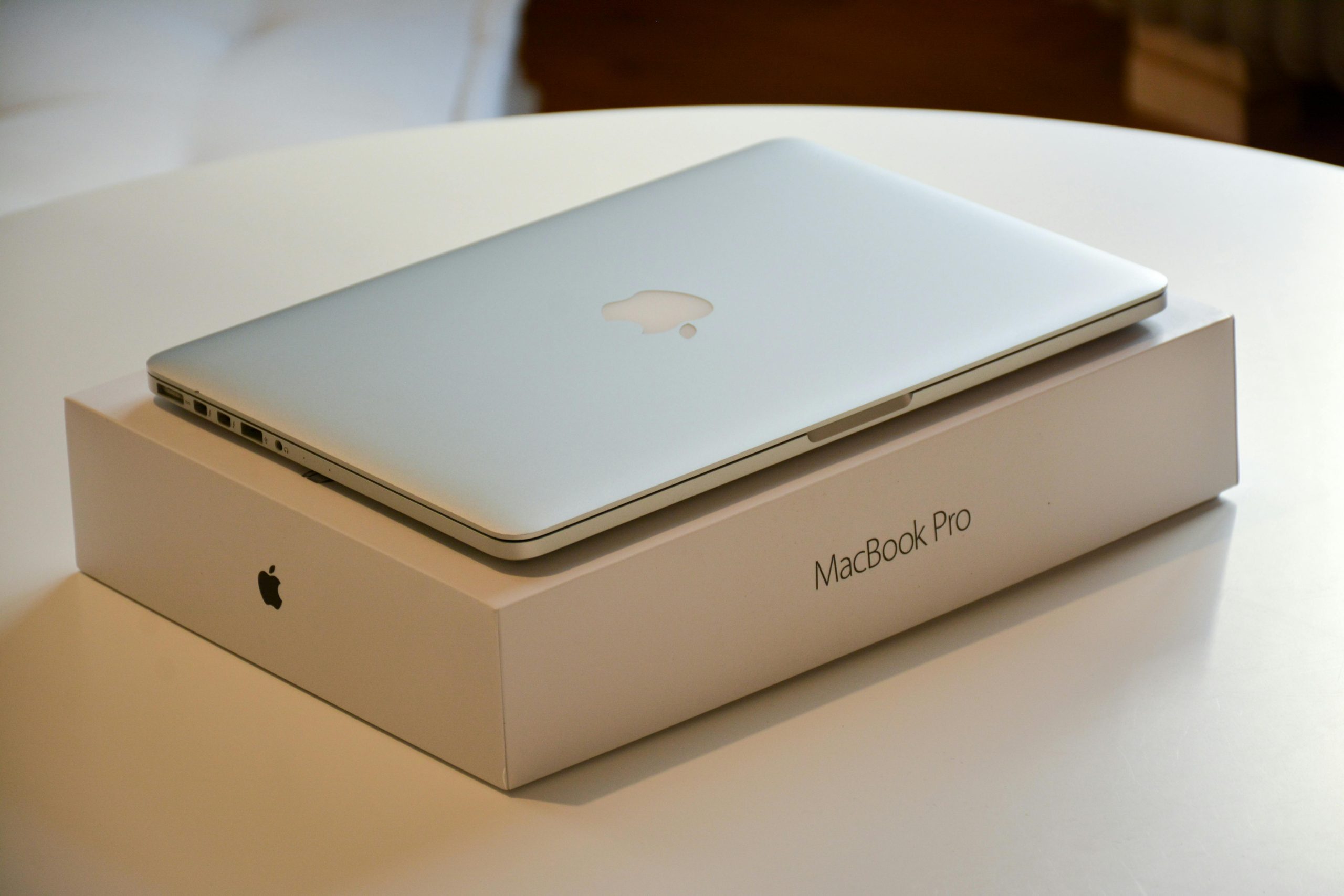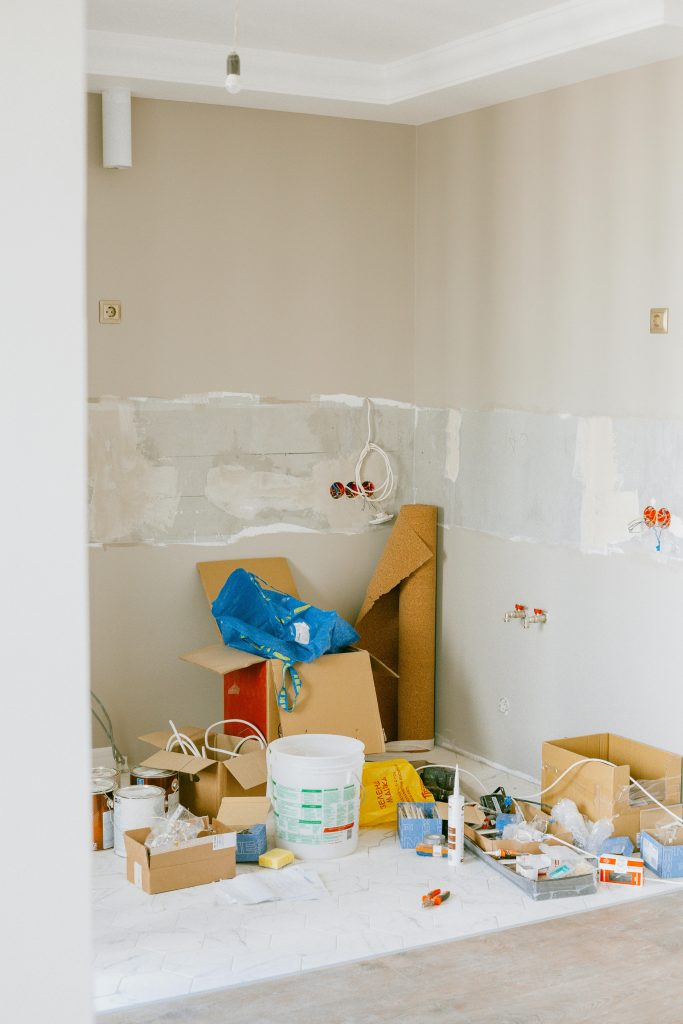Troubleshooting a Slow and Unrecognized SSD Post-Upgrade: A Step-by-Step Guide
Upgrading your PC with a new SSD can significantly boost performance and storage capacity. However, sometimes these upgrades lead to unexpected issues, such as system slowdown or hardware not being recognized. If you’ve recently installed a new SSD and are experiencing a sluggish system alongside recognition problems, you’re not alone. Here’s a comprehensive guide to help you diagnose and resolve these common issues.
Scenario Overview
A user installed a new Samsung 990 EVO PLUS SSD into their prebuilt PC. Initial installation challenges led to black screen boot issues, which were eventually resolved by reseating RAM modules and adjusting BIOS settings. Post-resolution, the SSD remains unrecognized both in BIOS and disk management, while the system’s overall performance has significantly deteriorated, with applications running sluggishly and frame rates dropping in games.
Common Causes and Troubleshooting Steps
1. Hardware Installation and Compatibility
- Ensure Proper Installation: Verify that the SSD is correctly seated in its slot. For NVMe M.2 drives, confirm it’s fully inserted and secured with a screw.
- Check Motherboard Compatibility: Confirm your motherboard supports the specific SSD model and interface.
- Slot Configuration: Some motherboards have multiple M.2 slots with different bandwidths or sharing resources. Consult your motherboard manual for optimal slots.
2. BIOS Configuration
- Recognize the SSD in BIOS: Enter BIOS/UEFI firmware during startup. If the SSD doesn’t appear, check for BIOS updates that improve NVMe support.
- Boot Order Settings: Set the primary boot device correctly after installing the SSD.
- Storage Configuration: Ensure storage mode is set to AHCI or NVMe as appropriate.
3. Operating System and Disk Management
- If BIOS recognizes the SSD but Windows does not:
- Open Disk Management (
diskmgmt.msc) and look for the new drive. - If the drive appears as unallocated, initialize and format it.
- If it’s not visible, consider reinstalling or updating your motherboard chipset drivers.
4. Resolving System Performance Issues
The system’s sluggishness and laggy applications post-SSD installation could stem from multiple causes:
- RAM Issues:
- Reseat RAM modules to ensure proper contact.
- Test each RAM module individually to identify possible faulty modules.
- Use diagnostic tools like
Share this content:



